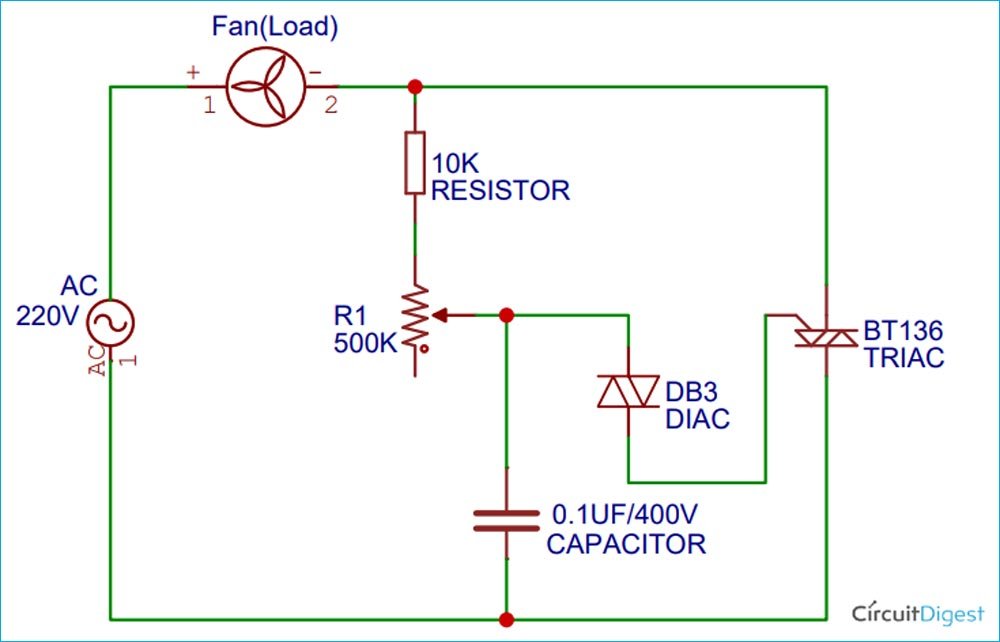Low Voltage Smart Fan Power Design – Simple and Efficient

💡 The Problem :
Smart fans are becoming popular in IoT and embedded systems for energy-efficient cooling. However, powering these fans directly from microcontrollers or low-voltage logic circuits (like 3.3V or 5V) can be tricky. Standard fans typically require 12V or more, and drawing high current directly can damage GPIO pins or cause system instability.
🛠️ The Solution :
Use a MOSFET-based switching circuit to safely control higher voltage fans using a low-voltage signal. A logic-level N-channel MOSFET (like IRLZ44N) allows your microcontroller to turn the fan on/off without overloading its I/O pins.
🔍 Practical Example :
Let’s say you’re using an ESP32 to control a 12V brushless fan. By using a MOSFET and a flyback diode (like 1N5819), you can safely switch the fan using a 3.3V signal. Add a pull-down resistor (10kΩ) at the gate to prevent floating issues.
🧮 Sample Calculation :
If the fan is rated 12V, 0.3A:
Power Draw:
P=V×I=12V×0.3A=3.6WP = V \times I = 12V \times 0.3A = 3.6WP=V×I=12V×0.3A=3.6W
Use a MOSFET rated ≥ 30V, 5A to ensure safe margins.
🛒 Product Suggestion – Made in India :
Power your smart fan circuits with IRLZ44N MOSFET and 1N5819 diode, both available as Made in India components:
✅ Shop now at SmartXProKits.in
Support our work and India’s innovation—buy from our Make in India site!




















